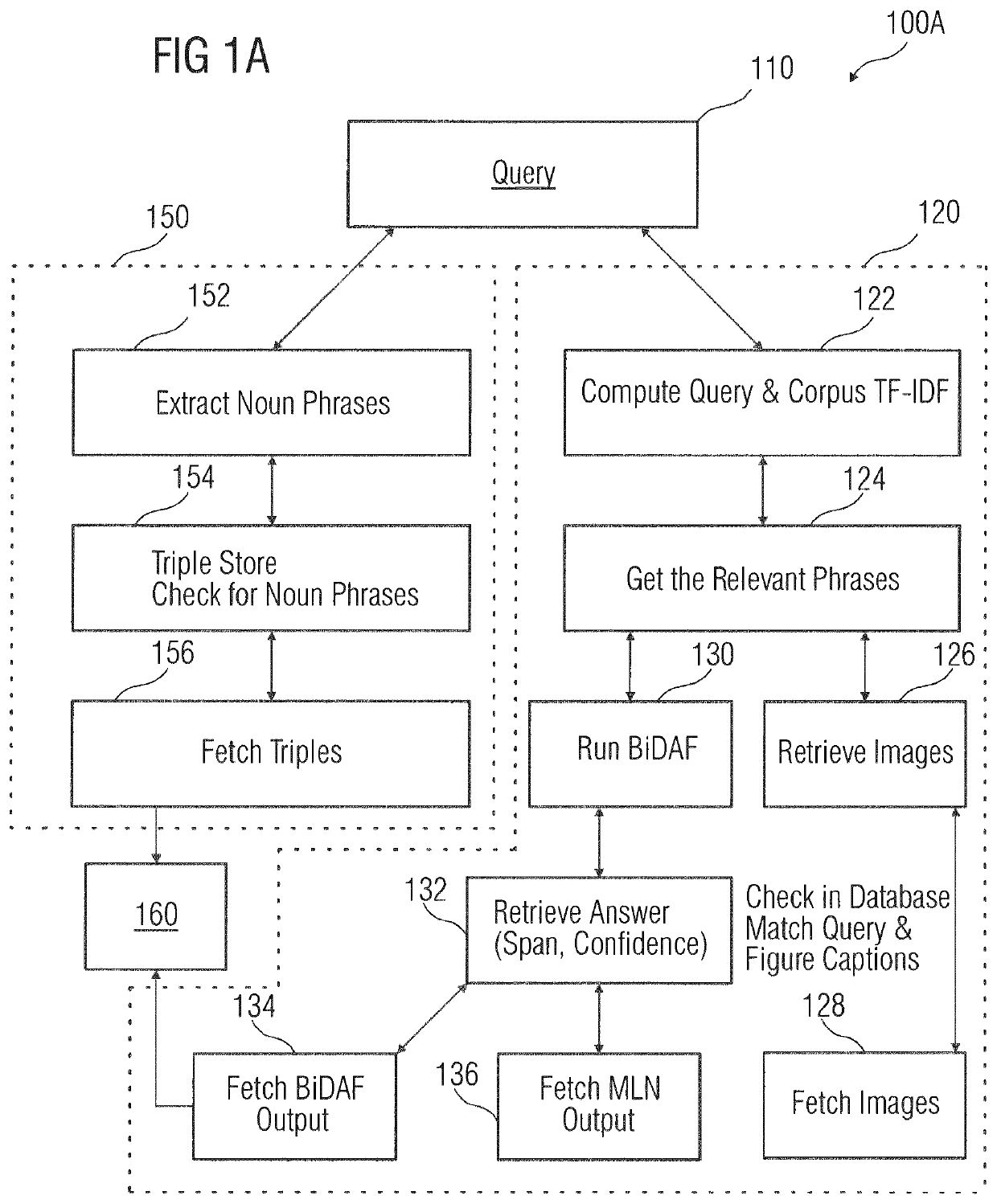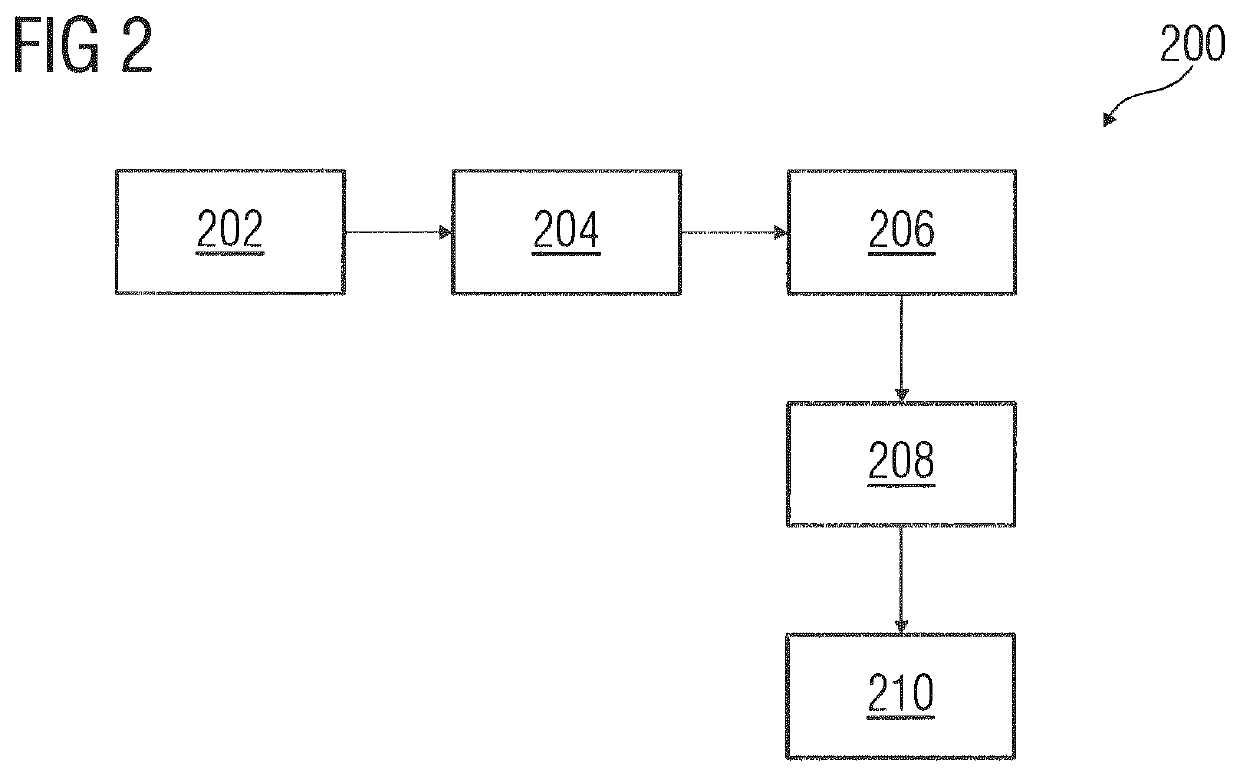System, apparatus and method of managing knowledge generated from technical data
a technology of knowledge generation and system, applied in the field of system, apparatus and method of managing knowledge generated from technical data, can solve the problems of difficult to keep pace with rapid developments in their fields globally, time-consuming and ineffective extraction of relevant information, and difficulty in obtaining relevant information
- Summary
- Abstract
- Description
- Claims
- Application Information
AI Technical Summary
Benefits of technology
Problems solved by technology
Method used
Image
Examples
Embodiment Construction
[0049]Hereinafter, embodiments for carrying out the present invention are described in detail. The various embodiments are described with reference to the drawings, where like reference numerals are used to refer to like elements throughout. In the following description, for purpose of explanation, numerous specific details are set forth in order to provide a thorough understanding of one or more embodiments. It may be evident that such embodiments may be practiced without these specific details.
[0050]FIG. 1A is a flowchart of a method 100A for managing knowledge generated from knowledge base, according to an embodiment. The method 100 begins at act 110 with the receipt of a user query. The processing of the query may occur in separate pipelines. The processing pipelines are referred by the numbers 120 and 150 and may be implemented in parallel or sequentially. It will be appreciated by a person skilled in the art that the below explanation does not impact the sequence of implementa...
PUM
 Login to View More
Login to View More Abstract
Description
Claims
Application Information
 Login to View More
Login to View More - R&D
- Intellectual Property
- Life Sciences
- Materials
- Tech Scout
- Unparalleled Data Quality
- Higher Quality Content
- 60% Fewer Hallucinations
Browse by: Latest US Patents, China's latest patents, Technical Efficacy Thesaurus, Application Domain, Technology Topic, Popular Technical Reports.
© 2025 PatSnap. All rights reserved.Legal|Privacy policy|Modern Slavery Act Transparency Statement|Sitemap|About US| Contact US: help@patsnap.com



